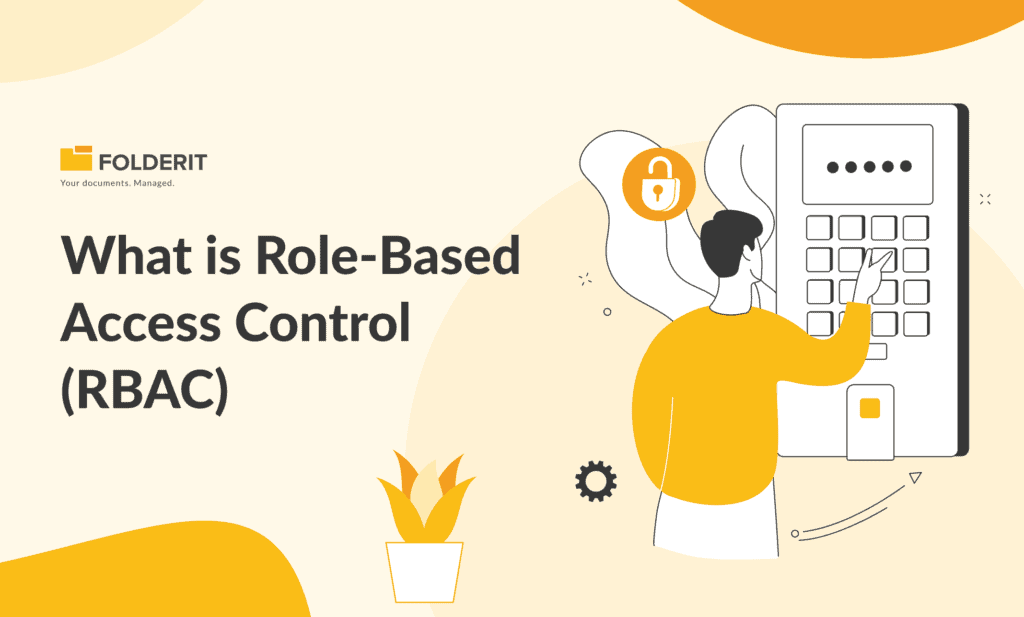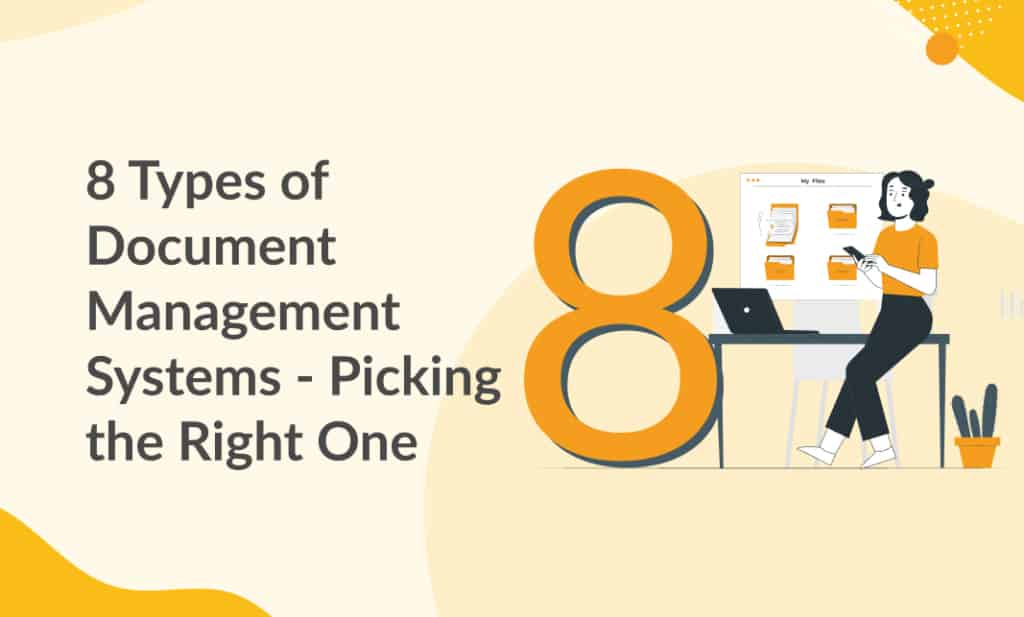In the labyrinthine world of data management and cybersecurity, Role-Based Access Control (RBAC) emerges as a pivotal strategy in safeguarding sensitive information. RBAC, a method where access rights are assigned based on roles within an organization, ensures that only authorized individuals can interact with secured data. This approach is not merely a technical implementation but a reflection of the organizational structure, where each role represents a set of permissions associated with it.
Defining Role-Based Access Control
RBAC is a policy-neutral access-control mechanism defined around roles and privileges. A role in RBAC encapsulates job functionalities, which, in turn, encompass a variety of rights and permissions. The primary objective is to simplify access management, ensuring that users acquire permissions essential for their role and nothing more. This principle, known as the principle of least privilege (PoLP), minimizes potential damage from accidental or deliberate breaches.
The Mechanism Behind RBAC
The RBAC model operates on the principle that permissions are associated with roles, and not individuals. When a user gets a particular role, they receive the permissions that come with it, ensuring secure and efficient access management. The core components of RBAC include:
- Roles: Defined based on job competencies and responsibilities.
- Permissions: Access definitions applied to objects.
- Sessions: A mapping between a user and activated roles.
- Users: Individuals who are granted access based on their role.
RBAC Models and Their Significance
RBAC can be implemented in various models, each serving a unique purpose:
- Flat RBAC: Users are assigned roles, making it straightforward but less granular.
- Hierarchical RBAC: Roles inherit permissions from other roles, creating a hierarchy that allows for simplified management.
- Constrained RBAC: Additional constraints are applied to roles to enforce specific policies.
- Symmetric RBAC: Permissions are bi-directionally associated with roles and users.
These models offer a structured method for implementing access policies, ensuring that users can perform actions that their roles require, thereby enhancing security and operational efficiency.
RBAC in the Realm of Cybersecurity
RBAC is paramount in ensuring that the access given to users is precisely what they need to fulfill their duties. By limiting access, the potential for data breaches is significantly reduced. Moreover, RBAC aids in compliance with various regulatory standards, such as GDPR, HIPAA, and SOX, which mandate stringent data protection measures.
Implementing RBAC with a Document Management System (DMS)
For DMS, RBAC plays a crucial role in managing document access and ensuring that sensitive information is only accessible to authorized personnel. A well-implemented RBAC system in a DMS ensures that documents containing sensitive or regulated information are not inadvertently or maliciously accessed or altered.
Folderit: A Paradigm of RBAC in DMS
Folderit stands out as a DMS that meticulously implements RBAC, ensuring a secure and structured data management environment. In Folderit, roles are predefined, and each role comes with a specific set of permissions, ensuring a clear demarcation of access and control.
One of the upcoming features in Folderit is the CUSTOM permission level, set to be released soon. This innovative feature, available in the Tailor plan, offers a very granular access management system. It allows for diverse use cases, such as granting someone the ability to only view the list of file names without accessing the actual files or toggling the visibility of the audit trail. This level of detailed access control ensures that organizations can customize permissions to fit their unique needs, enhancing both security and operational efficiency.
Folderit allows the creation of roles such as Administrator, Editor, Viewer, and Uploader, each with distinct permissions. For instance, an Editor can modify files but cannot alter user roles, ensuring they can perform their duties without compromising security. Moreover, Folderit allows the assignment of permissions at a granular level, enabling access to be defined not just at the folder level but also at the file level.
Folderit’s audit trail feature ensures that all interactions with the data are logged, providing a clear record of who accessed or modified data, and when. This not only enhances security but also aids in compliance and accountability.
Navigating the Future with Secure RBAC
Implementing RBAC, especially in DMS like Folderit, ensures that data is not only secure but is also accessible to those who need it, when they need it. As organizations navigate through the digital realm, RBAC will continue to be a pivotal strategy in balancing accessibility with cybersecurity, steering towards a future where data management is both secure and efficient.



